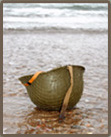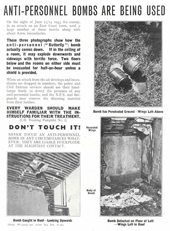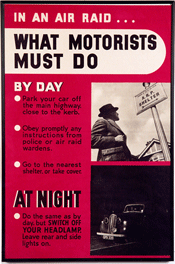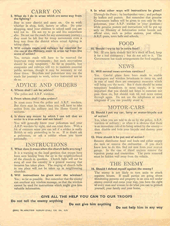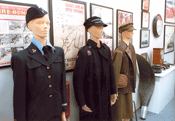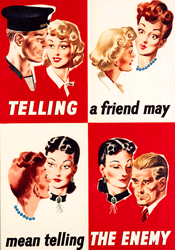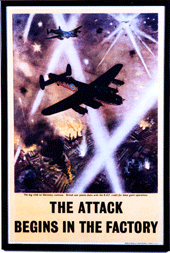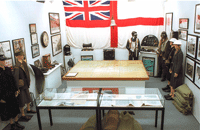 |
The Battle of Britain was one of the first areas collected and the comprehensiveness of the artifacts, printed material and documents exhibited reflects this. Included with this section is the original manuscript of John F. Kennedy's Why England Slept Numerous posters represent life in Britain during the war, and a separate case focuses on leaflets and pamphlets giving information on how to survive air raids and how to beat the invader. Artifacts from this area include an original butterfly bomb, a home made mask for fire fighting, and a contribution box for a Spitfire fund. A table from an R.A.F. Headquarters (not restored) centers an area in which many artifacts from the Battle of Britain are exhibited. |
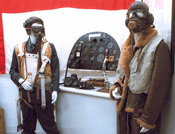 |
|
| |
 |
"A Last Appeal To Reason: Hitler's speech before the Reichstag" urging England to submit to Germany's demands and avoid an all-out war. |
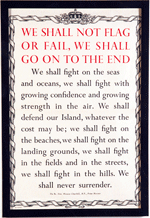 |
Churchill's Response |
|
| |

German Bombing Map of London |
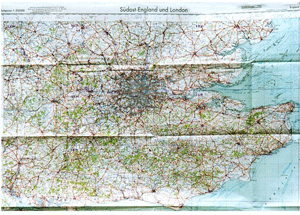
German bombing map of southeast England and London |
|
| |

London |
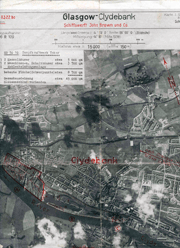
German bombing map of Glasgow, Scotland. |
|
| |
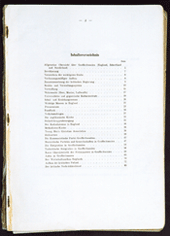 |
The Gestapo's briefing book of information on Britain, prepared as a guide for the security and intelligence services during the invasion of Britain. Marked "secret," page 63 begins a chapter, " Jews in Great Britain." |
|
| |
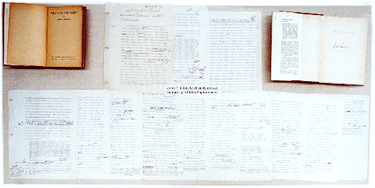 |
John F. Kennedy's heavily-revised manuscript of Why England Slept. |
|
| |
|
| |
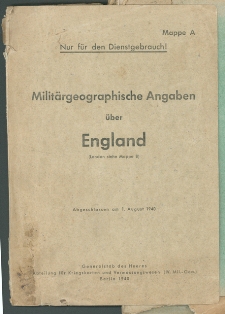 |
German invasion plans for England. |
|
| |
 |
This table was used in a R.A.F. Fighter Command operation room during the Battle of Britain to plot incoming enemy aircraft and positions of R.A.F. fighters. Information from Radar and other sources was relayed via headphones to the plotters manning the table. This information included height, progressive map coordinates, and the identity of aircraft as friend or foe. |
|
| |
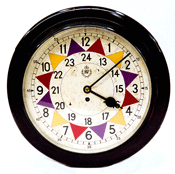 |
R.A.F. Fighter Command Control Room clocks. To the left is the clock used to plot British aircraft; on the right, the clock used to plot incoming German bombers. |
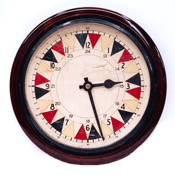 |
|
| |
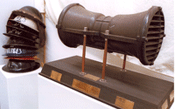 |
This R.A.F. Hornchurch Air Raid Alarm sits beside a stack of helmets used during the Blitz by different personnel. |
 |
Edward Ardizzone's "Shelter Scene". Ardizzone was a full-time war artist appointed by the War Artists Advisory Council, and this was his view of the subterranean world of war-time London. |
|
| |
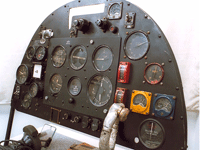 |
Control panel from a wartime British Spitfire, a highly maneuverable aircraft for its time. The Spitfires performed well against the German Messerschmitt 109 fighter aircraft. |
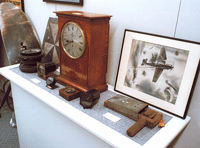 |
This table shows a R.A.F. clock, surrounded by instruments from German planes shot down during the Battle of Britain. In the lower right is a rattle used to warn of a gas attack |
|
| |
|
| |
|

